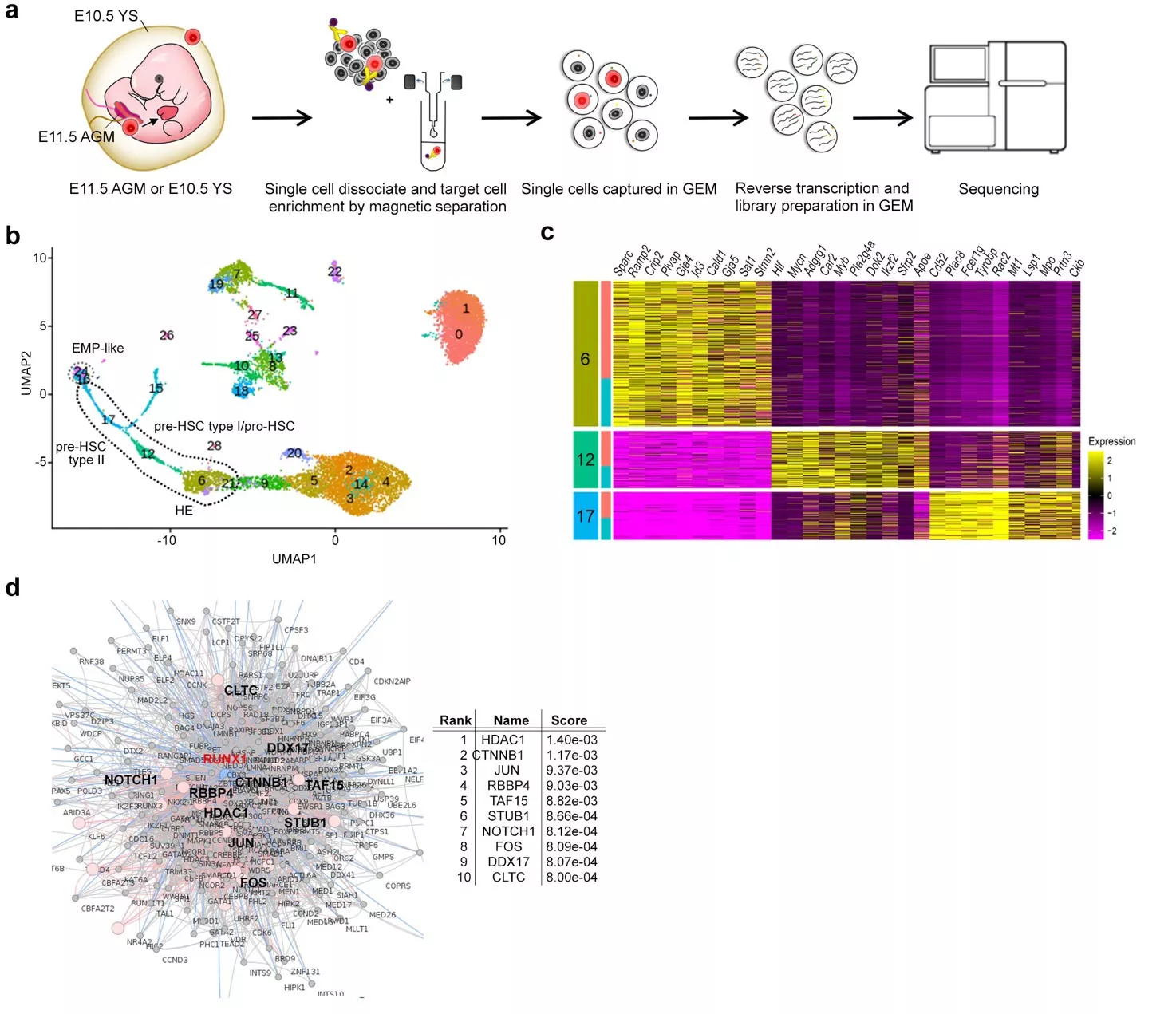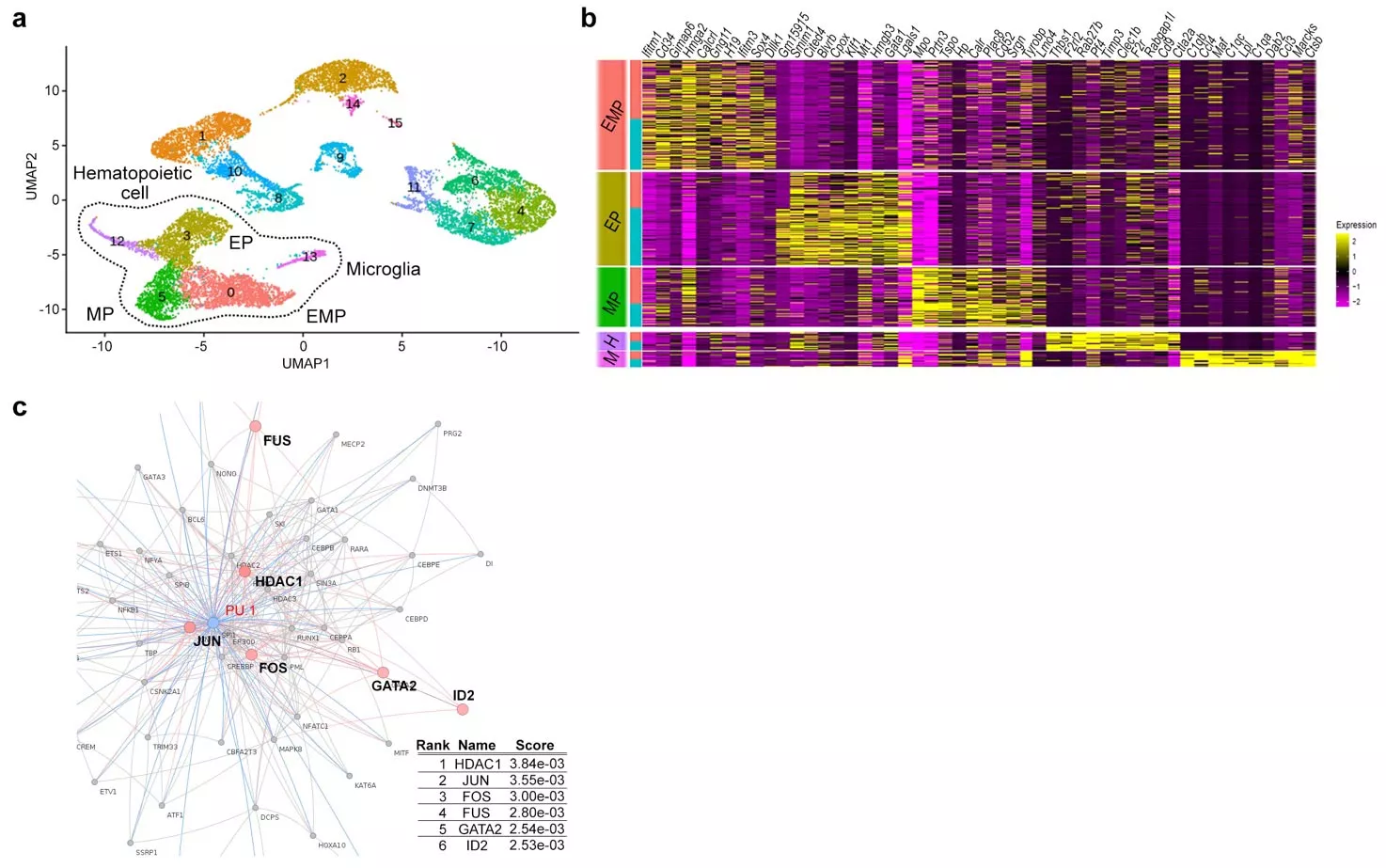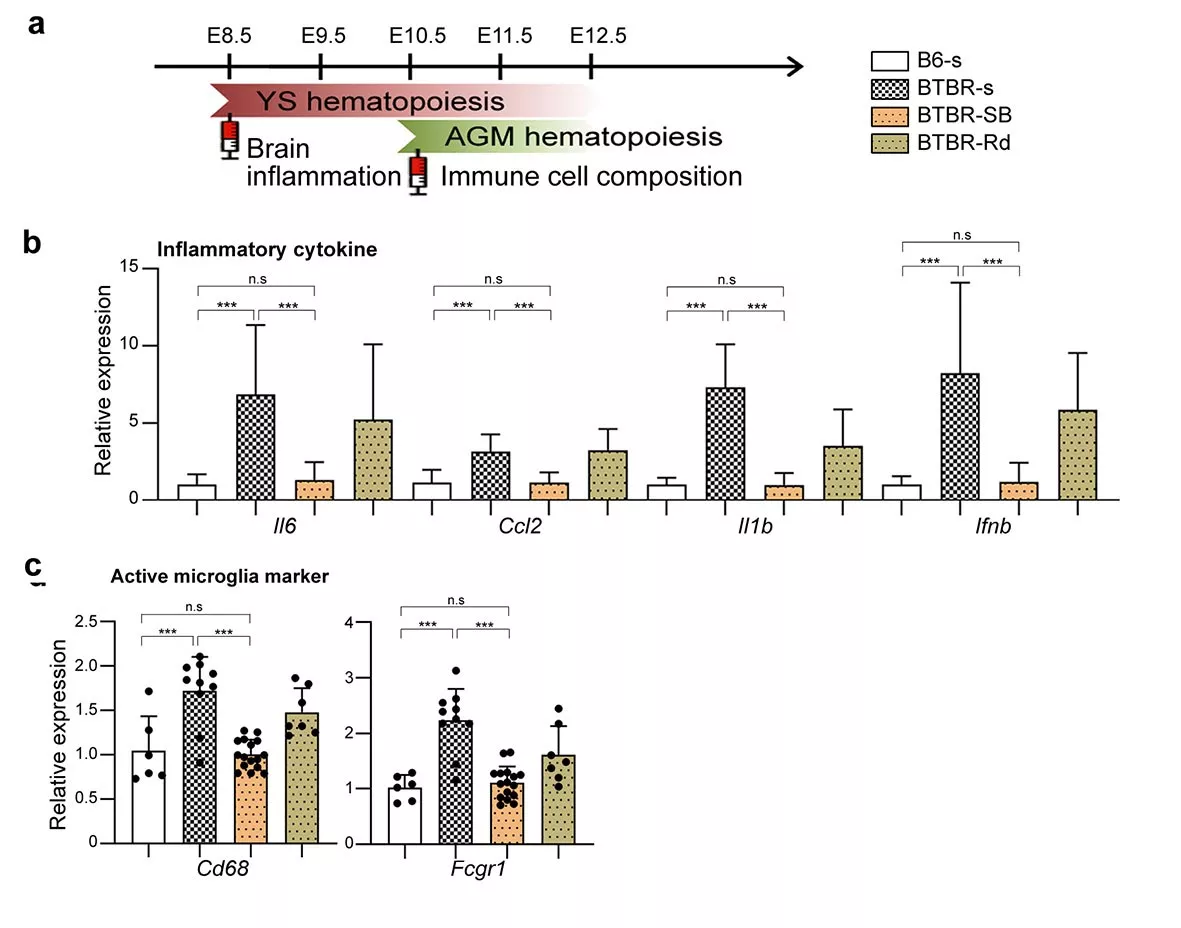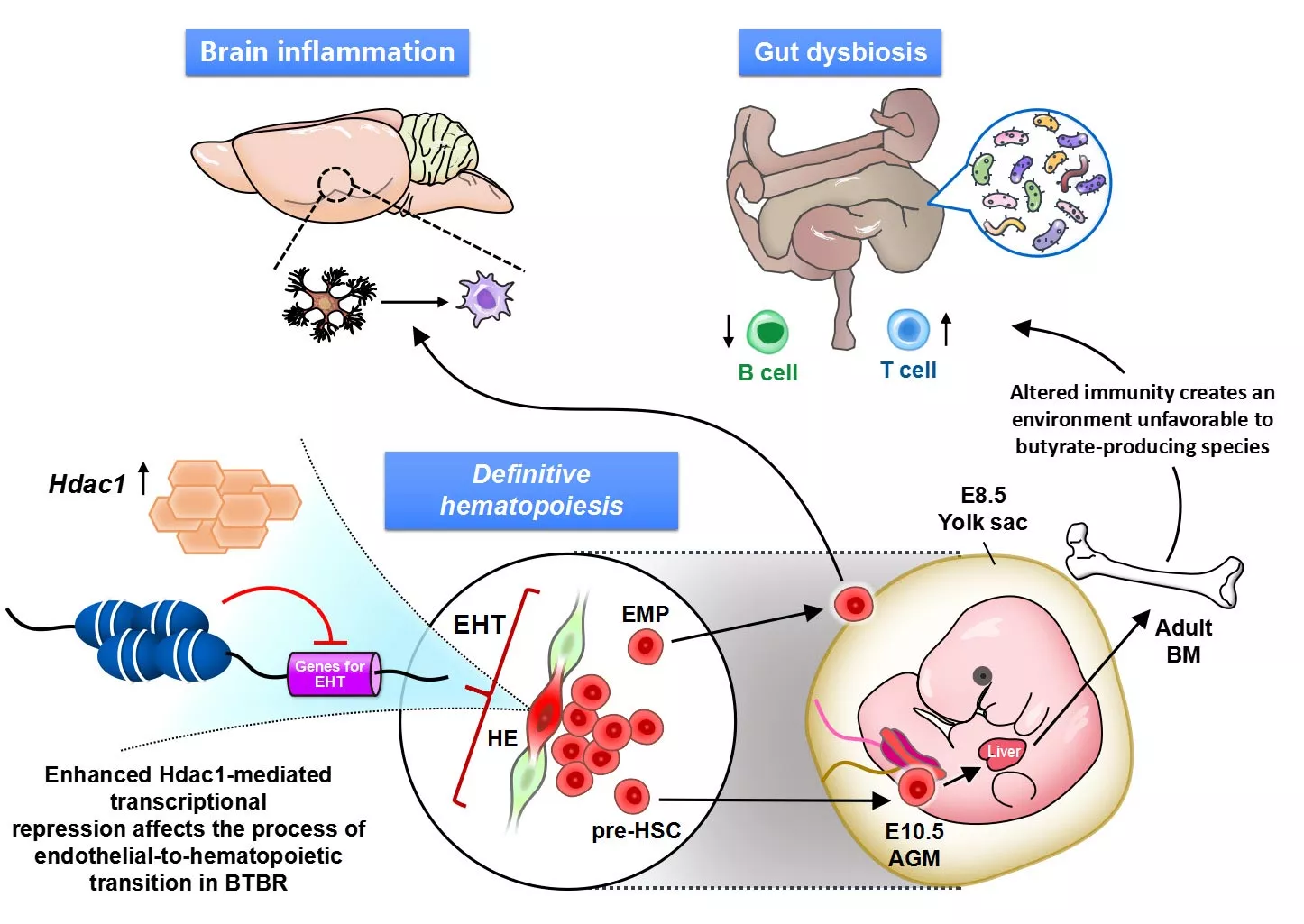An International Research Team Led By Professor Toru Takumi Of Kobe University Graduate School And Researcher Chia Wen Lin Showed That Idiopathic Autism Is Caused By Epigenetic Abnormalities Of Hematopoietic Cells During Fetal Development, Which Can Lead To Immune Disorders In The Brain And Intestine** The Results Show That In Autism, Immune Abnormalities Can Be Seen In The Brain And Intestines.
It Is Reported That The Research Results Will Be Published In Molecular Psychiatry On Monday, May 2, Local Time.
It Is Understood That Single Cell RNA Sequencing (SC RNA SEQ) Of BTBR Mice Traced The Origin Of Immune Abnormalities To The Yolk Sac (YS) And Aorta Gonad Spleen (AGM) In The Embryonic Stage, And Determined The Differentiation Location Of Macrophages (microglia) And Peripheral Immune Cells. In The Single-cell Level Analysis Of YS And AGM, Clear Hematopoiesis Successfully Determined The Pathological Mechanism Of Rare Progenitor Cells At The Molecular Level In The Early Stage Of Development. In Other Words, The Researchers Found A Common Mechanism - Transcriptional Regulation Through Histone Deacetylase HDAC1 - Is The Basis Of These Diseases (see Figures 1 And 2).
In Addition, Studies Have Also Shown That Manipulating Epigenetic Mechanisms At Specific Developmental Stages Can Restore Immune Abnormalities In The Brain And Surrounding Tissues. That Is, We Found That Histone Deacetylase HDAC1 Is A Common Mechanism. Administration Of This Histone Inhibitor During The Fetal Period Of BTBR Mice Can Inhibit The Increase Of Inflammatory Cytokines And Microglia Activation (see Figure 3).
In Addition, Studies Have Also Shown That Immune Disorders Can Determine The Intestinal Flora Disorders Of Specific Contours Of Autism Model Mice, Which Makes Treg And Potential Biomarkers Of Intestinal Flora Disorders A Means To Classify ASD Subtypes Of Immune Disorders.
It Can Be Seen From The Above That The Abnormalities Of Brain And Peripheral Organs Such As Intestine Seen In Autism Are Caused By Epigenetic Abnormalities Of Hematopoietic Stem Cell Line, The Ancestor Of Immune Cells (see Figure 4).




